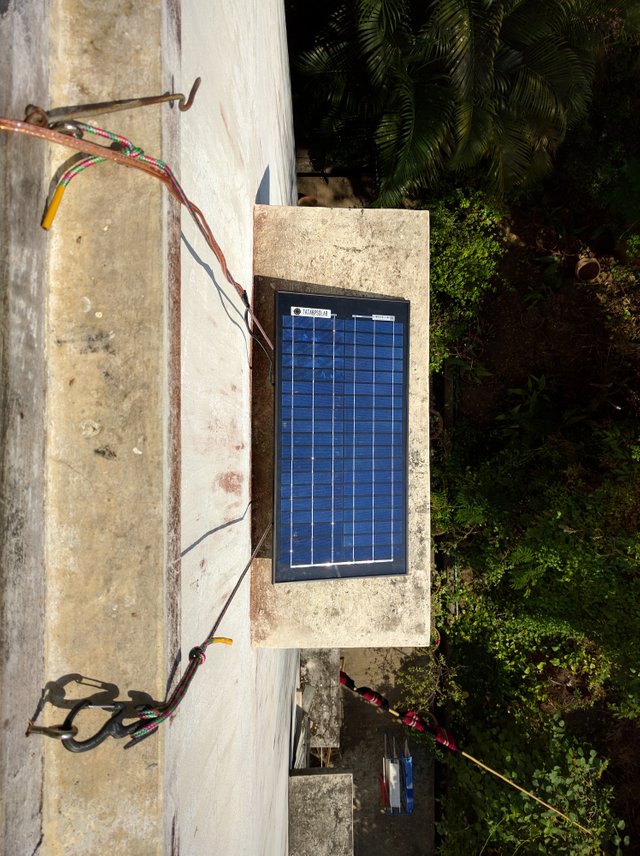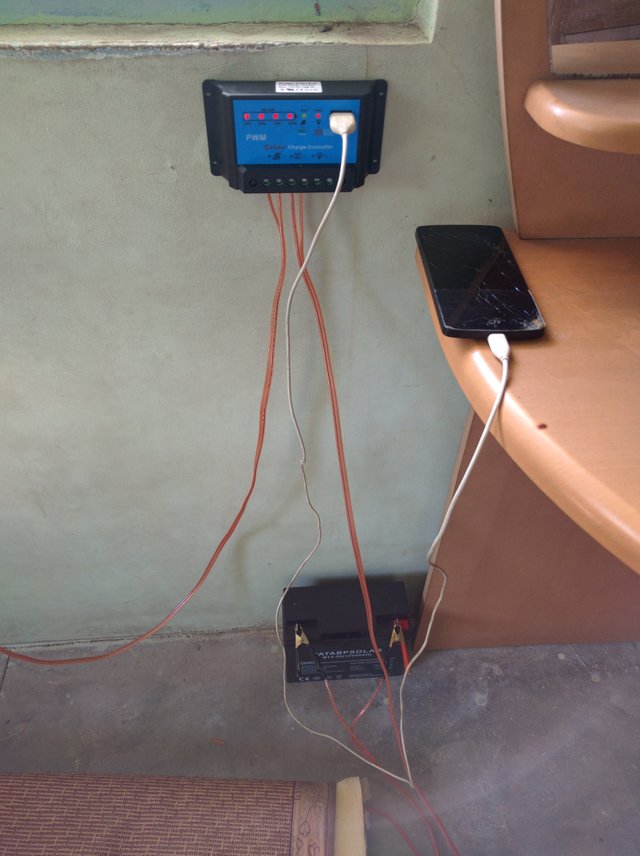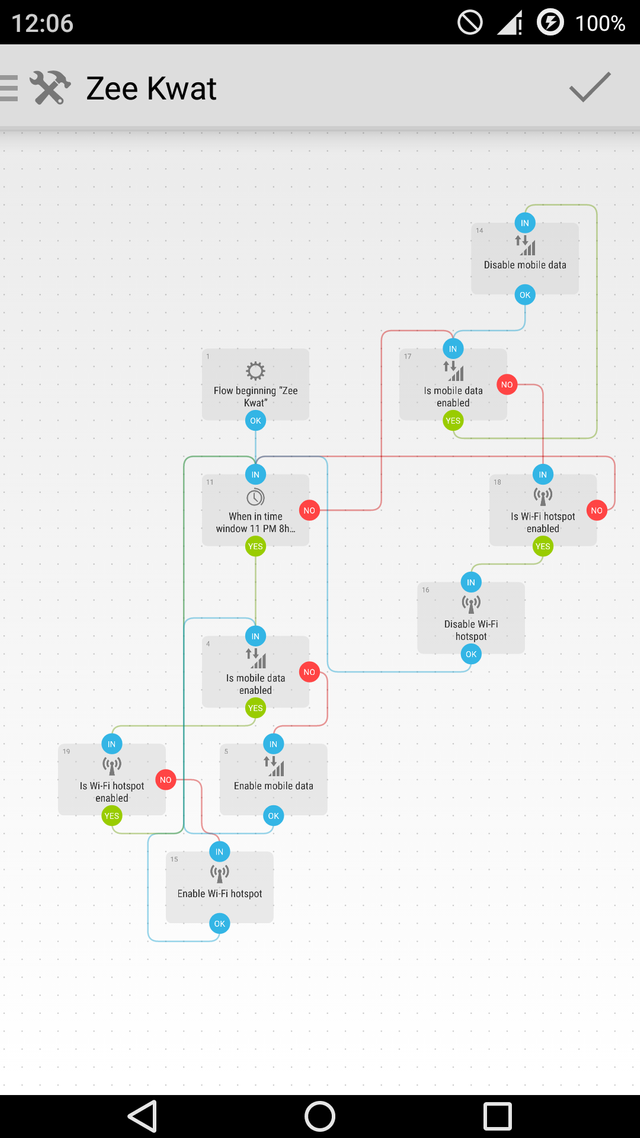Rangoon Solar Wifi hotspot, for the night is dark and full of torrents -- a quick DIY project
Hi Steemit, my name is Griffin and one of my hobbies is doing little simple solar projects that might be helpful for people in the developing world (like Myanmar, where I live). I have taught how to set up simple solar systems in rural areas in Myanmar, and this year I gave a demonstration at barcamp Yangon.
After my barcamp demonstration on small solar systems for beginners, nobody wanted to purchase the demo equipment from me, even at a crazy discount! So I figured I'd make it a little bit useful. My old Nexus 5 has a pretty terrible screen now, but still a perfectly good processor and 3G/4G radio. Telenor now offers super zee kwat (night owl) internet at 1 kyat per megabyte (about $0.001), but only from 11pm-7am.
TIL that this price (which is less than 0.1 cent per megabyte) is likely well below telenor's network cost per megabyte, which means it's a pretty good deal!
Using the equipment I had and a handy app called Automate, I programmed the nexus 5 to automatically turn data on between the hours of 11 and 7 and then plugged it into the system, which should have enough capacity to charge the phone indefenitely.
Now I have an off-grid telenor hotspot named The Night's Watch that will always only give me the cheapest internet
Solar setup
For the demo I purchased the absolute minimum number of components required to have a useful solar system:
- One 35 watt solar panel -- 22,000 kyat ($17 USD)
- One 20 amp-hour dry cell lead-acid battery -- 26,000 kyat ($20 USD)
- One 10 amp solar controller -- 10,000 kyat ($7.50 USD)
- 6 feet of wire and two alligator clips -- 3,000 kyat ($2 USD)
The controller, surprisingly, has a USB port built-in that outputs 5V/3A -- this is huge, because DC/DC step-down converters are nowhere to be found on Bo Ywe Road, which is the place to find all the electrical odds and ends in Yangon.
So all I needed to do was put it all together again, and then mount the panel outside of my south-facing window, at ~16 degrees of inclination for ideal sun, since Yangon is at 16 degrees latitude (for larger and more efficient systems, there's much more to consider to get the best power, but I just eye-balled it :) Luckily, the downstairs window has an overhang to set the panel on; I don't think they'll notice.
For the window mount I got some rope and eye-screws from a shop across from Theingyi Ze:

Then I just sent the wire up through to the controller, and have the battery and my phone nearby on the desk.

Hotspot setup
There's a lot you can do if you know a programming language like Python, but I don't! Fortunately, there's still a lot you can do with no programming knowledge.
Automate is a really handy app for Android that allows you to create scripts (or flows, as they say) that will run in the background according to any rules that you program. A lot is possible with any phone, but to control mobile data, hotspot, and other system-level processes, Automate needs to run with root permissions.
Using automate, I created this flow and plugged the phone in:

It's possible to tweak the timing settings so that the phone only checks at the beginning and at the end of an interval, so I can still turn the internet on and get average telenor internet at 6 kyat per MB.
So that's it! Not bad for a grid independent hotspot that could cost less than $80 bucks even with a phone and SIM card!
Nice @gichiba
Shot you an Upvote :)
Nice one.
Welcome to my blog!:)
Upvoted
Hi! This post has a Flesch-Kincaid grade level of 13.2 and reading ease of 56%. This puts the writing level on par with academic journals.